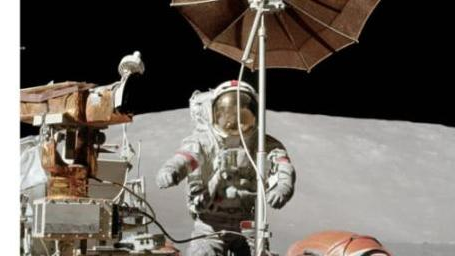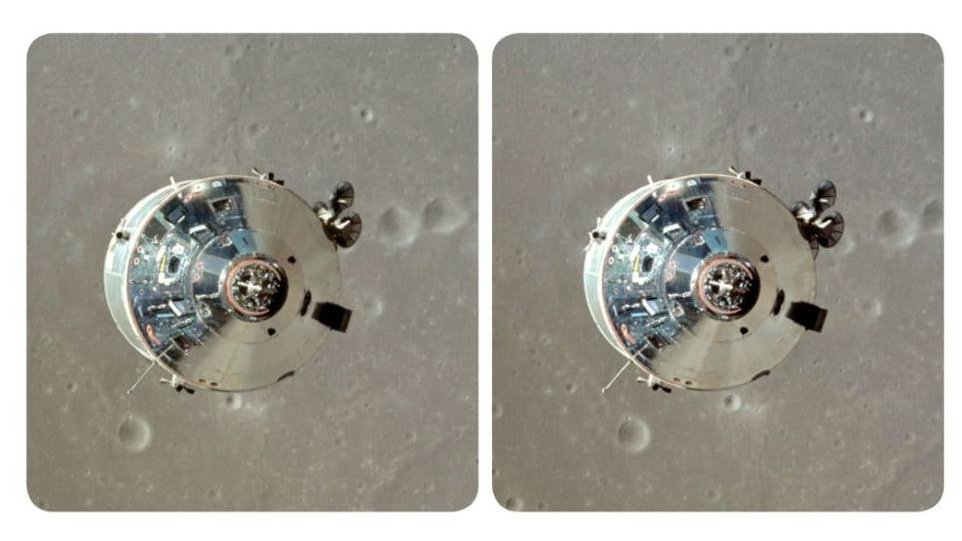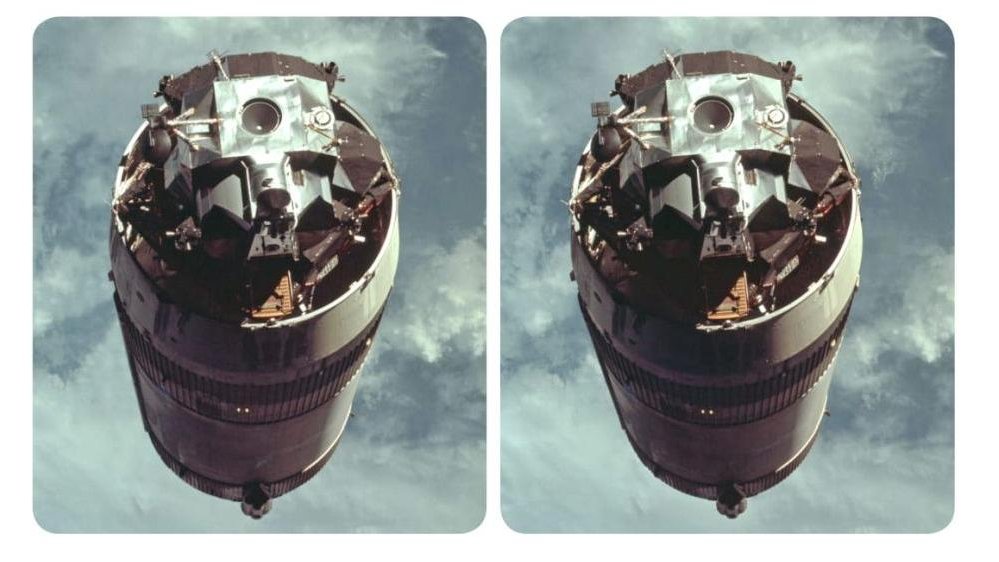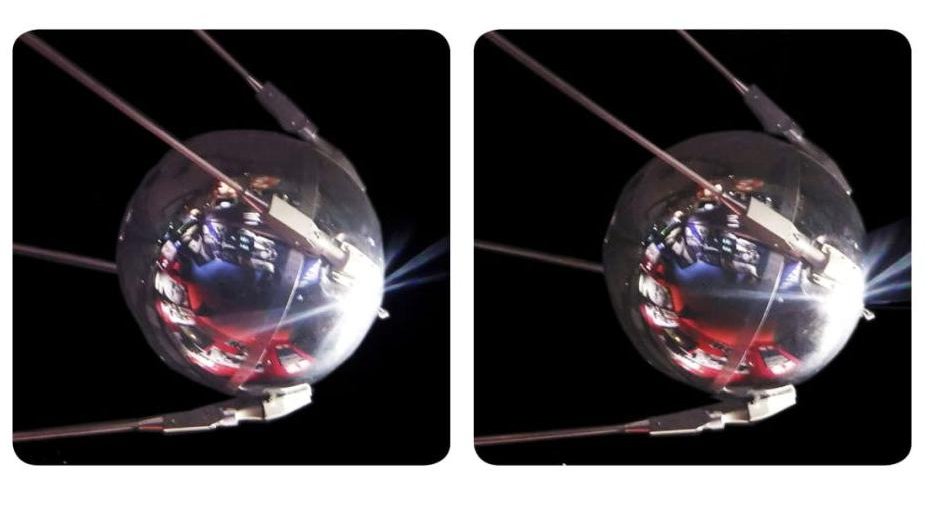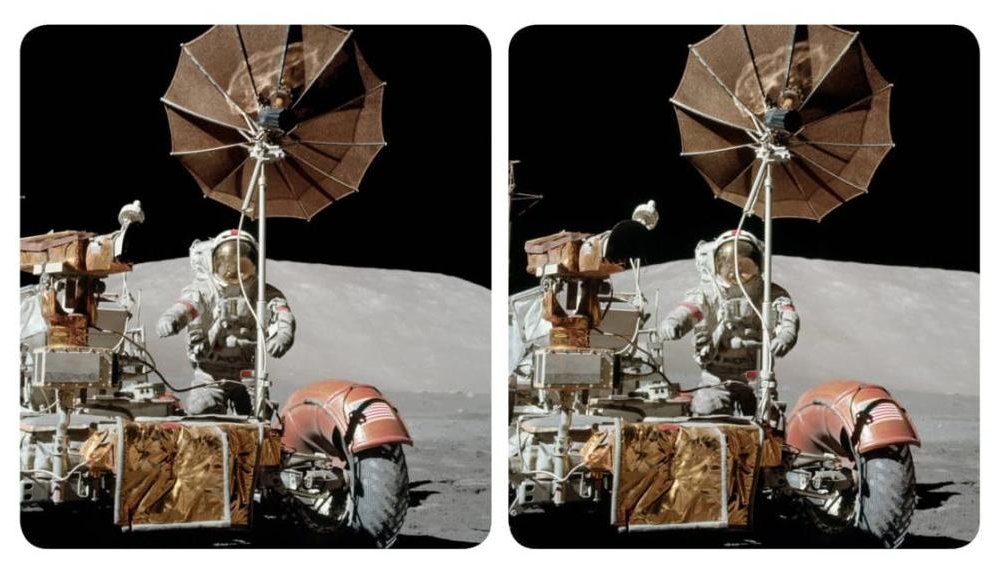Mission Moon - an exhibition in the Poznań Fotoplastykon
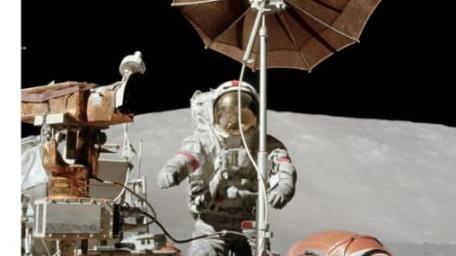
The desire to exceed boundaries is part of human nature. As soon as man first took to the air on the wings of an aeroplane in the 20th century, he wished he could rise even higher, beyond the Earth's atmosphere. Next to the arms race, space exploration was one of the focal themes that persisted throughout the Cold War. The United States and the Soviet Union competed for hegemony in space. All began with the Russians who, in 1957, put the first man-made satellite, Sputnik 1, into orbit. The next steps were to place the dog Laika in space and having Yuri Gagarin complete the first manned space flight. However, it was the Americans that first set foot on the Moon. The feat was accomplished on 20 July 1969 by the crew of Apollo 11: Neil Armstrong and Buzz Aldrin (the pilot Michael Collinseren remained on board).
The latest exhibition in Poznań's Fotoplastykon (Kaiserpanorama) will make you feel like a participant in a Moon expedition, at least for a moment. Thanks to stereo photography, you will get to view the control panel of the Columbia command module as seen through the eyes of Neil Armstrong. You will enter the Soviet capsule Voskhod 1 which carried into space the first multiple-person crew in history. You will see the Spider and Aquarius moon modules drifting in space, and, together with American astronauts, peer at the surface of the Moon to explore the craters Maskelyne G in Mare Tranquillitatis and Petit in Mare Spumans.
How is it even possible we are in possession of these three-dimensional photographs from space? Were the mission crew members equipped with a stereo camera to capture 3D images?
It turns out that they were, at least in part. Apollo 11, 12 and 14 flight crewmen did indeed use special ALSCC cameras (Apollo Lunar Surface Close-up Cameras) to record three-dimensional images. This equipment was used exclusively for research purposes to capture details on the Moon's surface that were of interest to selenologists. However, no stereo cameras were used to photograph the participants of extra-terrestrial travels, their equipment and the cosmic landscape. Instead, the astronauts were trained in sequential stereo photography. The technique consisted of making two nearly identical photographs from points as far apart as the average distance between human eyes. Once the photographs are overlaid in a device, such as the Kaiserpanorama, the viewer gets the impression of looking at a single 3D image.
A description of the "Mission Moon" display in Poznań's Fotoplastykon would not be complete without mentioning the source from which the photographs were acquired, namely the "Mission Moon 3-D" book of photographs by David J. Eicher and Brian May published by the London Stereoscopic Company. David J. Eicher is an author specialising in popular science publications and the editor-in-chief of the Astronomy magazine. Brian May needs no introduction. The Briton is a guitarist and a co-founder of the rock band Queen who accompanied Freddy Mercury in the performances of Bohemian Rhapsody, We Will Rock You and The Show Must Go On. Not everyone knows that May is a big stereo photography buff and has a doctorate in astrophysics. Three-dimensional photographs that document space exploration are, therefore, a link that brings together the wide-ranging interests of this legendary musician.
As you view the exhibition, think of the sequence of events that has led up to this incredible broadening of human optics. Think of the scientists who transported humanity beyond our globe, and of the intrepid astronauts who risked being stranded in the hollow emptiness of space. Thanks to the 3D photographs on view in Poznań's Fotoplastykon, you will briefly follow in their footsteps and see the world from a vantage point that so few people have ever been able to enjoy.
Marcel Skierski
translation: Krzysztof Kotkowski
- Mission Moon - an exhibition in the Poznań Fotoplastykon
- Centrum Informacji Kulturalnej (Cultural Information Centre), ul. F. Ratajczaka 44
- 1.06 - 31.08, opening hours: Monday - Friday 10 am - 7 pm, Saturday 10 am - 5 pm, Sunday closed, last admission 1 hour before closing time
- tickets: regular admission - 5 pln, reduced admission - 2 pln, family tickets - 10 pln, group tickets (groups of 10 or more) - 20 pln
© Wydawnictwo Miejskie Posnania 2019
[1] Excerpted from a translation from Polish by Adele Milch
See more

From One Celebration to Another

Christmas Markets and Fairs with Attractions

Truly Festive Vibes

